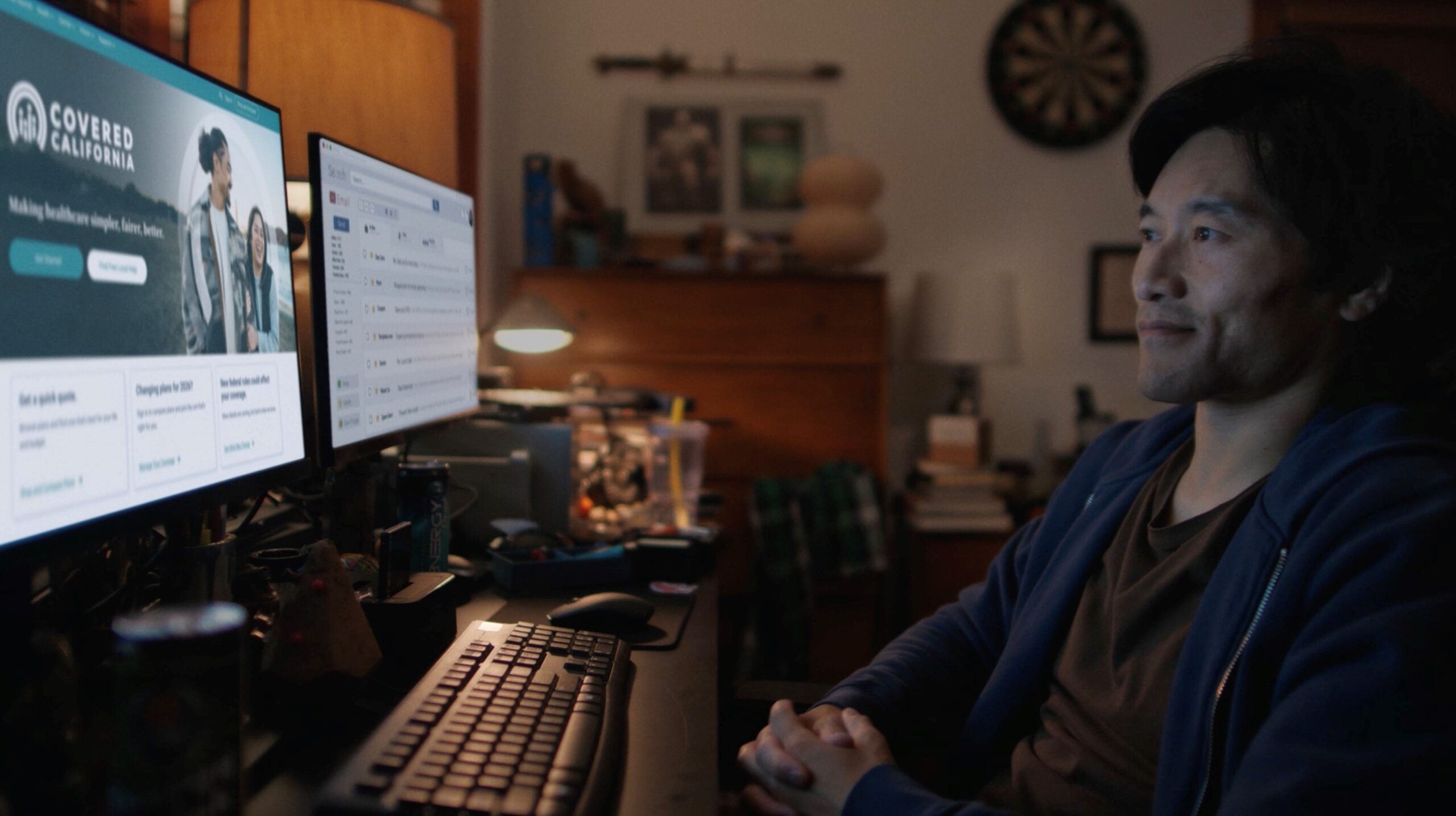
When Congress celebrated July 4 by enacting House Resolution 1 (known as H.R. 1 or the “One Big Beautiful Bill Act”), experts warned of massive impacts on Medicaid programs nationwide and the more than 70 million people who rely on them.
H.R. 1 cut nearly $1 trillion from Medicaid, the largest funding reduction in the program’s 60-year history. The nonpartisan Congressional Budget Office estimates that by 2034, as many as 10 million individuals nationwide will become uninsured as numerous new eligibility rules are imposed in Medicaid and ACA programs.
How Will H.R. 1 Affect Californians?
The Medicaid program, known as Medi-Cal in California, covers more than half of the state’s children, 2.2 million seniors and people with disabilities, 1 in 5 working Californians, and millions of other people with low incomes. H.R. 1 is expected to cut $30 billion a year in federal funding from Medi-Cal, reducing overall access to care and possibly pushing some safety net providers into dire straits, according to the California Budget and Policy Center. Up to 3.4 million state residents could lose coverage, the center said. As the uninsured population rises, more medical bills will go unpaid, cutting revenue for California’s health care safety net.
H.R. 1 makes it more difficult for the state to pick up the slack. With decreased federal funding, increased administrative costs, and less flexibility to generate revenue and draw federal matching funds, California will have fewer options for financing the state share of Medi-Cal. The California Medical Association called it “a direct attack on California’s health care system” that will have “catastrophic” effects.
Here are key challenges that H.R. 1 will create for the Medi-Cal system:
Funding for Hospitals and Providers
- Hospitals will see lower reimbursement rates. California has been using the flexibility of state-directed payments to enhance payments for both public and private hospitals. H.R. 1 gradually phases in reduced rates, eventually capping them at Medicare levels, which on average are much lower than commercial rates. The financial stability of hospitals statewide could be jeopardized.
- Providers will see lower payment rates. H.R. 1 will cap the funds that states use to close the gap between Medicaid reimbursement rates and rates paid by other insurers. Currently, states can direct managed care organizations to pay providers the average rate paid by commercial insurance. Beginning in 2028, those rates will edge downward toward substantially lower Medicare levels.
- Rural hospitals, which serve areas already burdened by severe provider shortages, will be at higher risk of closure. In an attempt to cushion H.R. 1’s negative impact on rural providers, Congress created a $50 billion Rural Health Transformation Fund. The fund will allocate $10 billion to rural providers nationwide each year through 2030. But it will only offset about one-third of the $137 billion in cuts faced by rural health systems, according to a KFF policy brief. Since many rural providers are already in precarious financial condition, this funding is unlikely to adequately mitigate challenges to rural health systems in California.
- Tax restrictions will block California’s ability to fund Medi-Cal. H.R. 1 creates a limitation on various provider taxes, which California uses to finance much of the state’s share of Medi-Cal and to draw federal matching funds. Two of those levies, the managed care organization tax and the hospital quality assurance fee, generate billions of dollars annually. By freezing current tax rates and requiring California to gradually reduce rates from 6% to 3.5% beginning in 2028, the state stands to lose a key funding stream.
Barriers to Enrollment
- Many Medi-Cal enrollees will face new work requirements. For the first time in Medi-Cal’s history, some enrollees must complete 80 hours per month of “community engagement,” which can be satisfied by employment, job training, education, or volunteer activities. Experts say the paperwork burden will lead to eligible people being denied enrollment.
- Medi-Cal enrollees will have to renew eligibility more frequently. Enrollees currently are required to renew no more than once every 12 months. Starting in January 2027, H.R. 1 requires people to prove their Medi-Cal eligibility every six months.
- Protections to prevent disenrollment of eligible people will no longer be mandatory. H.R. 1 immediately converts prior mandatory protections adopted by the previous administration to streamline Medicaid enrollment and renewal processes into optional ones. California may choose to continue using those protective approaches, but they will remain optional for 10 years.
- Some immigrant populations and other groups will lose Medi-Cal eligibility. Some immigrants lawfully living in California, including victims of human trafficking and domestic violence, will lose Medi-Cal eligibility starting Oct. 1, 2026. They will retain eligibility only for emergency Medi-Cal benefits and lose benefits for preventive care, primary care, specialty care, and other nonemergency medical services.
Unprecedented Costs for Patients
- Enrollees must pay a higher share of health care costs. Starting in October 2028, H.R. 1 will require patients to make up to $35 copayments per service if they are among the nearly five million Californians who gained Medi-Cal coverage through Medicaid expansion provisions in the Affordable Care Act. The rule does not apply to care provided at federally qualified health centers, behavioral health centers, or rural health clinics, and fees won’t be imposed for primary care, prenatal, pediatric, mental health, and substance-use treatment services.
- Retroactive Medi-Cal coverage will be reduced, putting patients at risk of medical debt. Starting in 2027, retroactive coverage for services that preceded a successful application for Medi-Cal benefits will be reduced from three months to two months for most enrollees and to just one month for Medicaid expansion enrollees. More people with low incomes will take on unaffordable medical debt. Doctors and hospitals will provide more uncompensated care.
Quality of Care
H.R. 1 blocked California from enforcing new state rules raising nursing home staffing levels. The state’s minimum staffing ratio will be frozen at current lower levels through 2034.
Authors & Contributors

Dawn Joyce, MPH
Senior Vice President, Impact Health Policy Partners
Dawn Joyce is senior vice president and health policy expert with Impact Health Policy Partners. She has hands-on experience at the federal, state, and local levels, and previously served on the staff of the late US Sen. Dianne Feinstein of California.




